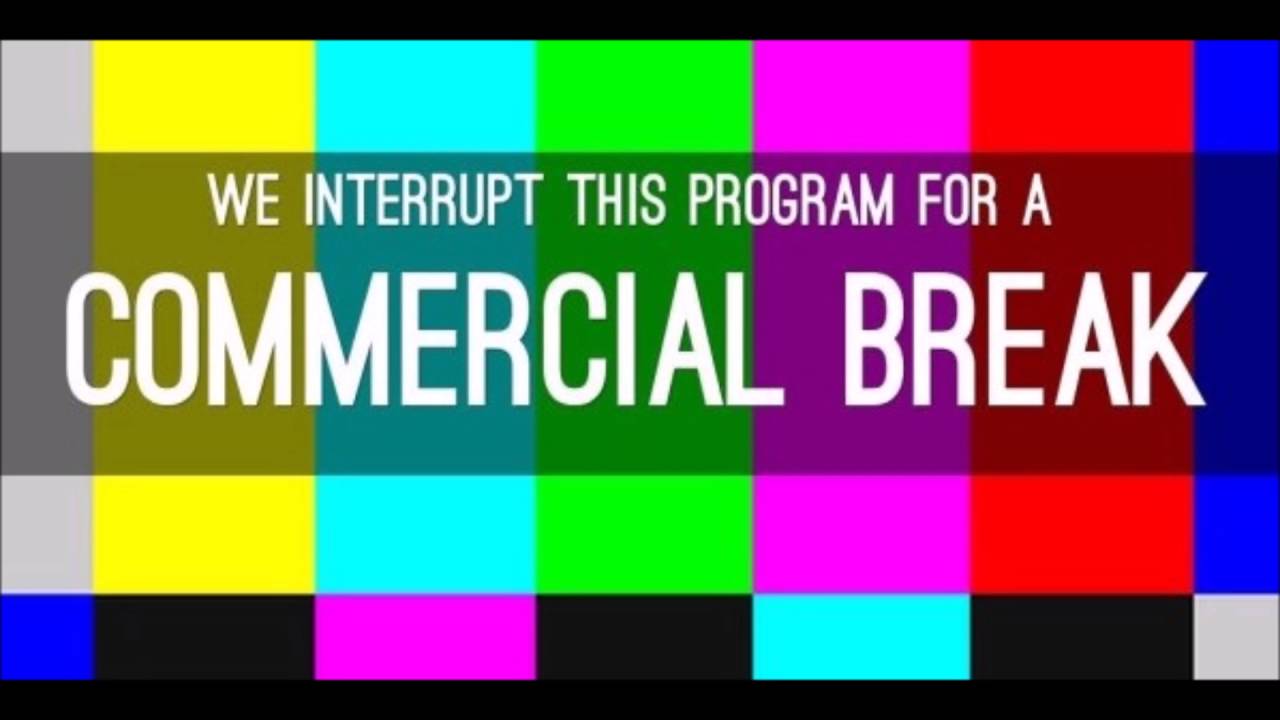In another class, I have been reviewing materials that deal with multimedia and its purpose in education. The article, “Multimedia in Education – Introduction, The Elements of, Educational Requirements, Classroom Architecture and Resources, Concerns ” which is also linked as an enclosure, tells us that multimedia “combines five basic types of media into the learning environment: text, video, sound, graphics and animation, thus providing a powerful new tool for education.”
I like the sound of that — “a powerful new tool for education,” but truly how new is it? Educators have been trying each of these mediums for a long time now, its only that the mediums and the educator’s access to the mediums has changed. I remember when I was in elementary school, we had projectors with film strips and sound. There were our letters forming a border around the room. Our teachers had bulletin boards with relevant information about what we were studying pinned up. Maps pulled down in front of chalkboards which were erased daily (and if you were lucky, you got to clean the erasers!!)
Instead of using the media from that time, we have now moved into movies provided online. We having testing available that will show us what perhaps we had to imagine at one time — was it really so bad having to imagine? At any time, we can speak to anyone anywhere in the world. Computers are now provided at some schools, chalkboards have been replaced by smart boards and bulletin boards replaced by LCD televisions.
The fact that educators have the access to these new mediums is remarkable to many people, but how are they being implemented in the classroom is the real question that needs answered. Are educators moving forward with this, or are they standing on the sidelines waiting to others implement the mediums into classrooms? Are educators being trained on how to use the hardware and software? Are educators wanting to be trained? I think these questions and more can be answered by the following quote in the article: “But the adage, ‘Putting computers into schools will directly improve learning,’ is negated by the reality that, ‘all this expensive technology will yield little educational return until schools and districts address the need for professional development, technical support, the availability of appropriate software, classroom management, and curriculum integration.'”
It’s one thing to have all of the equipment, technology and everything else that goes along with it but it is quite another to actually effectively use the technology. As educators, we need to changed from the ground up how this is utilized in the classroom. We need to step up to the plate and educate ourselves so that we can educate our students.
Our students are not tech savvy just because our students can get on the internet, check their email (if any actually are using email anymore), check out their Twitter page and Facebook page. These are very elementary technical skills to have when it comes right down to the root of things. The students still do not have the skills to reason out how to do things — they just can do it. Thus, truly they are not learning a new skill instead they have been learning to mimic what they have done before.
Our students need to be able to reason things out and understand how come things work the way that they do. Using the internet is a prime example listed in the aforementioned article. Anyone can put anything on the internet at this time. How will our students know what is right or wrong? A prime example is Wikipedia — how can a student tell if it is fact or fiction? Many students believe that if they see it on the internet, then it must be so. As educators, we know this is simply not true.
I have heard other educators say that with age, they will begin to realize the fallacy in their thinking, but I ask, “What if they don’t?” We need to realize that more needs to be taught at an earlier age so that these new technologies are implemented in a way to further develop and hone the necessary skills to lead our students, and thus our society, further into the future. So, as an educator, I will continue to learn more about technology, I will continue to add more into my classes and I will strive to do my part. How about you? Are you ready to jump into the water with me? I won’t lie, it is mighty cold in here — but the rewards are worth it!



